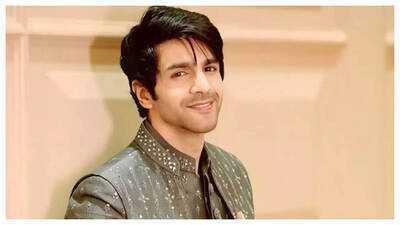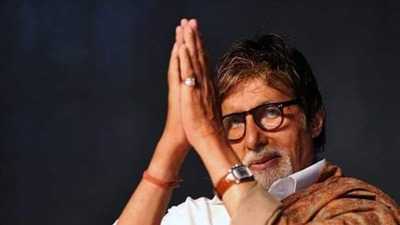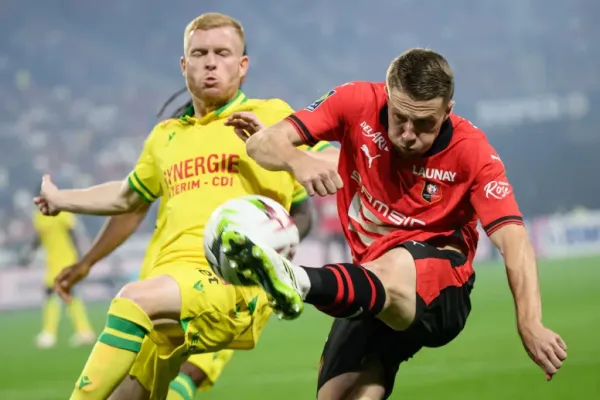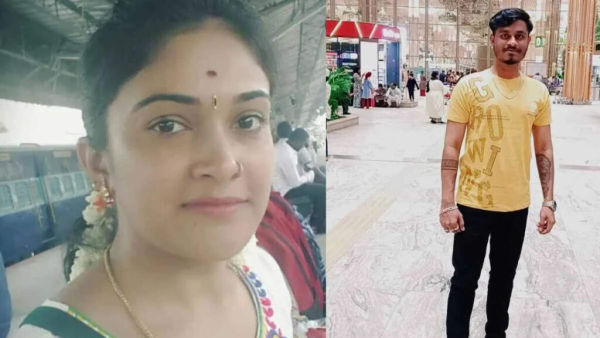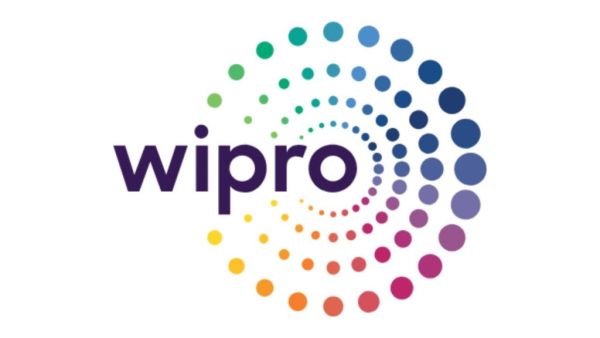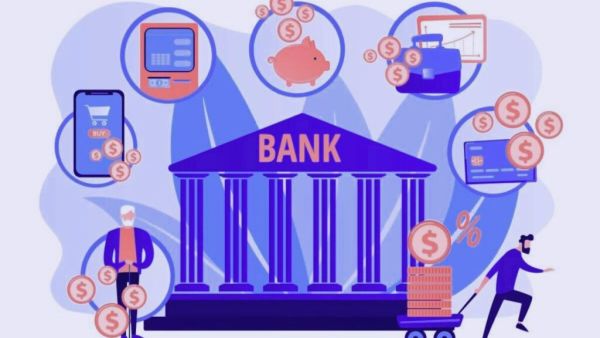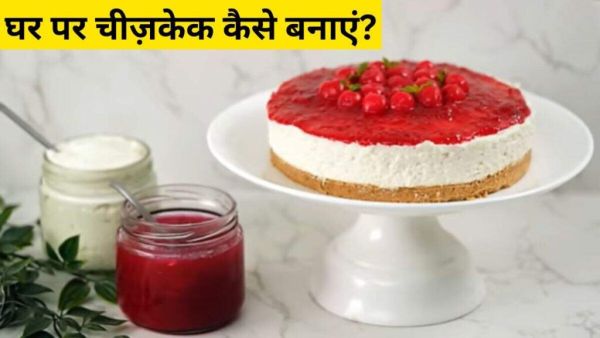One of the most significant Islamic holidays, Eid al-Fitr is observed by Muslims worldwide and is also referred to as Ramzan Eid or Meethi Eid. Ramadan, the holy month of fasting observed from dawn to sunset, comes to an end on this festive occasion. The first three days of Shawwal, the tenth month in the Islamic lunar calendar, coincide with Eid al-Fitr. It is often called the “Festival of Breaking the Fast” since it marks the conclusion of fasting. All the information you want as the event draws near.

India’s Date of Eid-ul-Fitr in 2025
One of the most significant Islamic holidays is Eid-ul-Fitr, often referred to as Ramzan Eid or Meethi Eid. Depending on whether the crescent moon is visible, India is expected to celebrate Eid-ul-Fitr on March 31, 2025.
The Origins and History of Eid-ul-Fitr
The origins of Eid-ul-Fitr may be found in the Prophet Muhammad’s day. Eid-ul-Fitr and Eid-ul-Adha are two important Islamic holidays that he founded. The celebration marks the end of Ramadan, a holy month during which Muslims throughout the globe fast from sunrise to sunset.
What Eid-ul-Fitr Means
Eid-ul-Fitr is a time to celebrate giving, togetherness, and thankfulness. The first day of Shawwal, the tenth month in the Islamic lunar calendar, is when it is observed. This celebration marks the end of a month-long time of dedication, self-control, and spiritual introspection.
Eid-ul-Fitr 2025: Customs and Festivities
1. Eid Prayers: Held in mosques or open prayer areas, the day begins with the Eid Salah, a special prayer.
2. Charity and Giving: To ensure that the less fortunate may also enjoy the festivities, Muslims are urged to make a charitable gift known as Zakat al-Fitr.
3. Feasting and Gatherings: Meethi Eid gets its name from the sumptuous dinners that families prepare, which include sweet treats like Seviyan (vermicelli), Kheer, and Phirni.
4. Greetings: People say “Eid Mubarak” to one another, give each other a hug as a token of friendship, and spend time with their loved ones.
Eid-ul-Fitr is a festive time that promotes compassion, love, and a sense of community. It strengthens links between families and communities by acting as a reminder of thankfulness, compassion, and solidarity.
